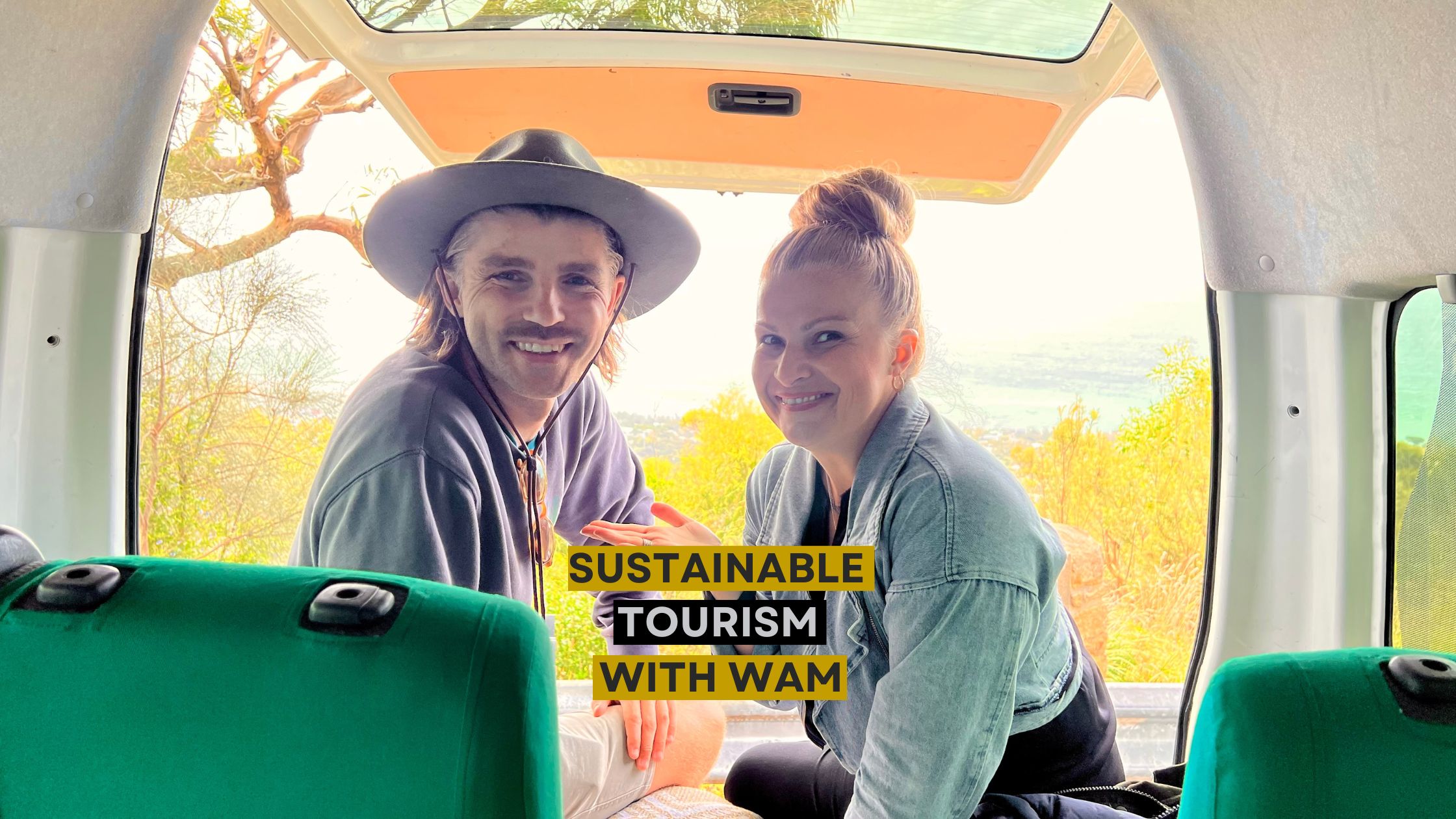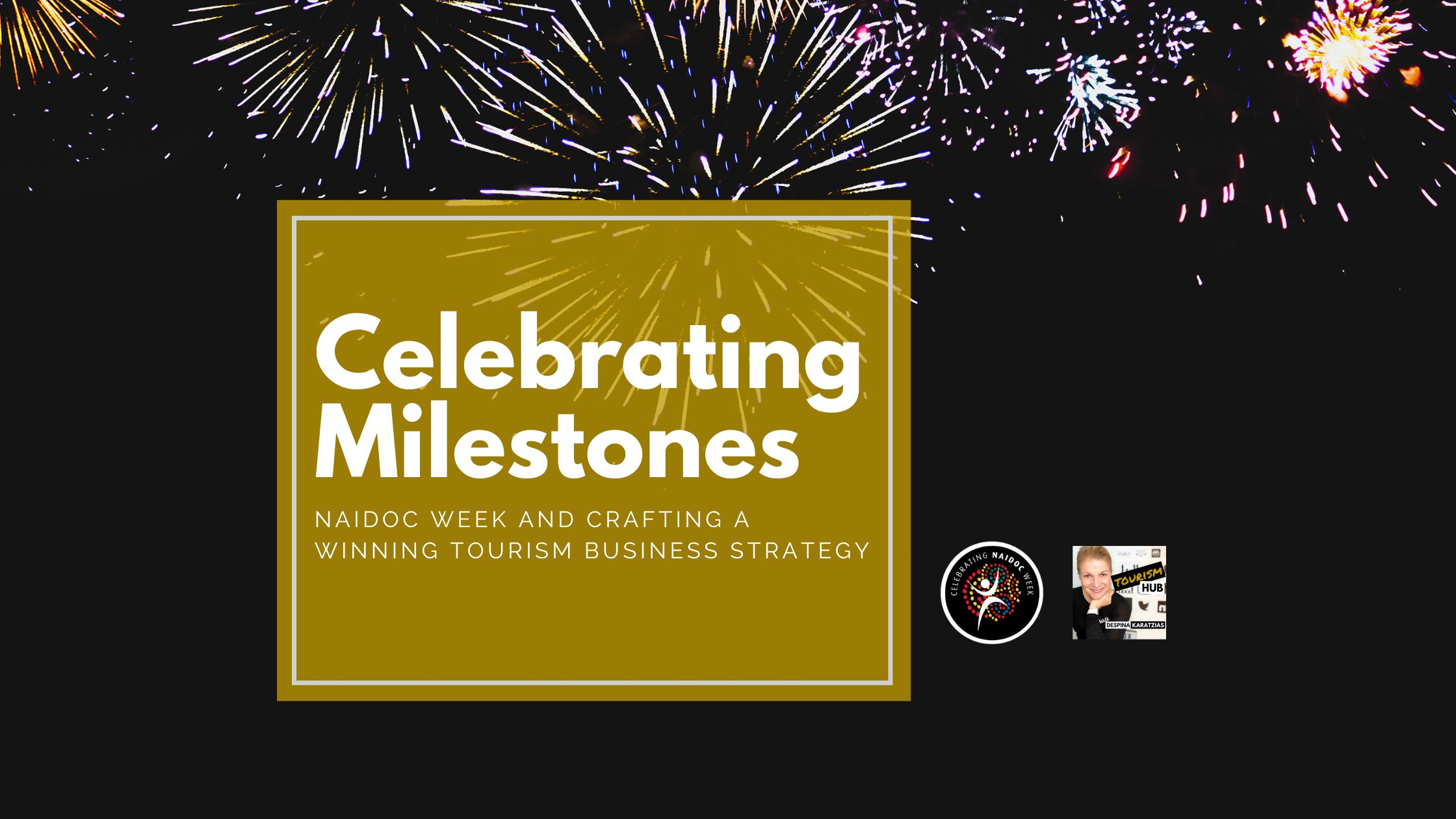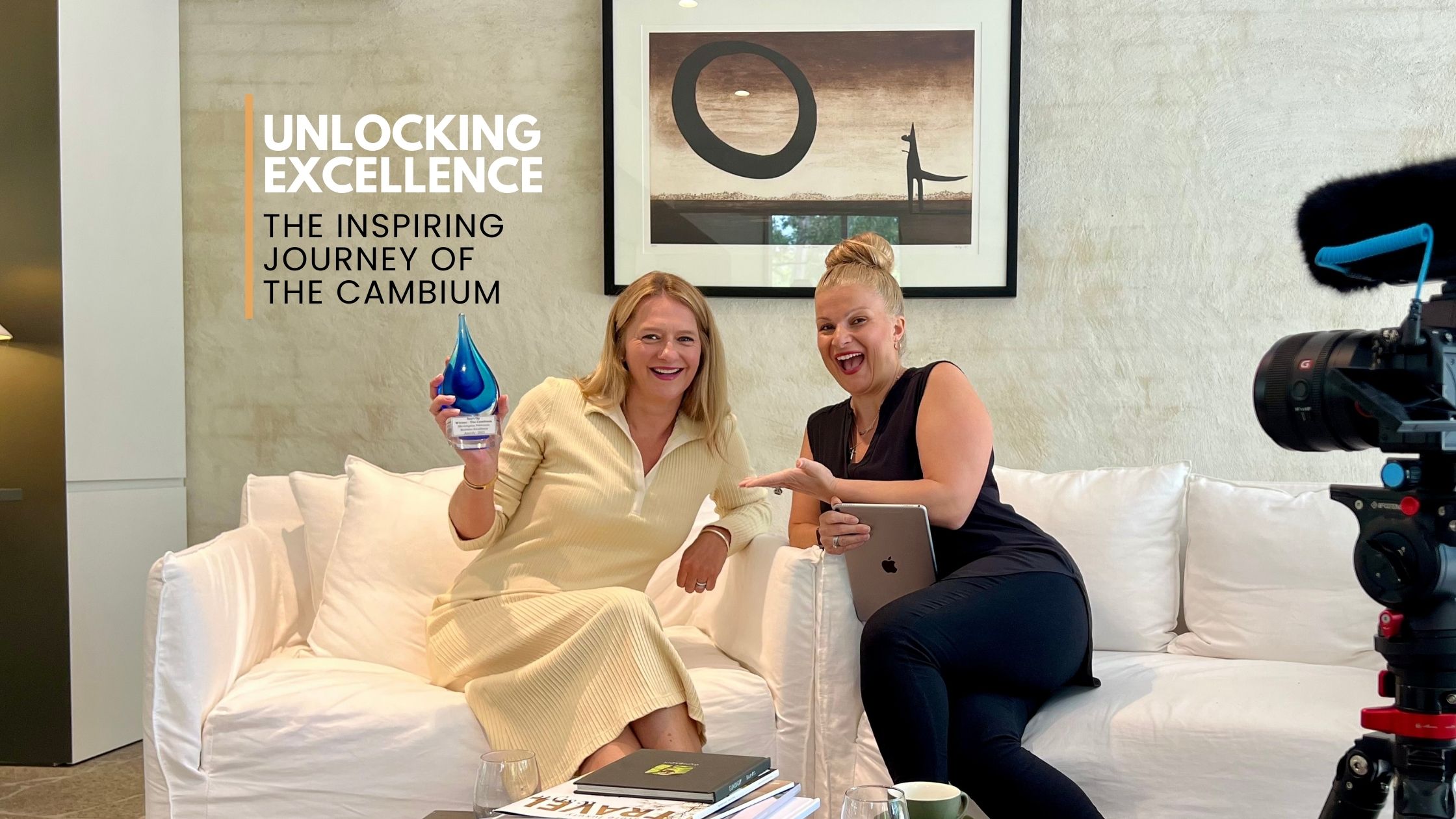Which is more crucial, the acquisition of new customers, or the retention of existing ones?
This question is a classic marketing conundrum; one that most misinformed business owner or marketer would quickly answer with “both, of course.” We are in the “Age of the Customer”, where businesses have become customer-centric; directing time, labour, and resources towards strategies that deliver the best customer experience to optimise the overall customer journey.
Therefore, the delivery of customer love requires experience makers to analyse what percentage of time and effort that a business puts towards new customers vs the ones that they already have. The future of the customer experience requires that every company adapts to the changing times; marked by diminishing importance of price and product quality as differentiators, and finds strategies to earn customer love and loyalty.
• An Australian research study, Love or Money 2018, gave an insight into customers’ relationships with loyalty programs and their impact on customer loyalty.
• Other findings in the report reveal marketers believe the most significant opportunity for growth of their organisation over the next 12-18 months will come from CRM and marketing automation.
• Product innovation focus and lifecycle marketing (personalised communications) are equal seconds.
• Data-driven customer personalisation, multi-channel loyalty or rewards programs and seamless omnichannel customer experience, are equal third.
• The report also revealed marketers are using a wide variety of metrics to measure the success of their customer loyalty strategies, with 17 different measures provided. The most common parameters are repeat purchase rate, Net Promoter Score, customer retention rate and customer satisfaction results.
Some findings from the report looked into customer loyalty versus new customer acquisition:
While the acquisition of new customers is a higher priority for marketers (27 per cent) than customer loyalty (6 per cent), looking ahead over next 12-18 months (2018 onwards), customer loyalty takes the lead as a priority (76 per cent) ahead of new customer acquisition.
Customer Love is a term that is rarely used in business talk and it should!. Consumer expectations are evolving at a rapid pace, prompting businesses to devise failsafe loyalty strategies that improve customer experience and make their brands lovable. At the same time, reports of bad experiences from organisations are becoming commonplace amongst Australian customers and brands are making concerted efforts towards complaint management.
In a 2014 survey as part of the EY Customer Experience Series for the cost of complaining, identified poor customer experience was costing Australian business $40 billion per year.
Over 56% of Australian customers surveyed reported a poor service experience over the past 12 months, with a large number speaking publicly over most issues encountered within the downstream economic sectors with the highest dissatisfaction rate taking place in telecommunications (38%) and the least in retail banking (12%).
Additionally, 47% speak publicly with 11% posting online and when they do complain, they are often disaffected with the process and outcome.
In light of this, the benefits of customer love include:
• Customer referrals; which occurs when the customer blows the trumpet of the product or service to their friends and relatives.
• Customer fanaticism; which arises when the customer expresses how much they love a product when it becomes the subject matter of a discussion.
• Social dissemination; the sharing of compelling company products and services by a customer to their social networks.
• Testimonials; the customer’s authentic review of the product based on their first-hand experience
• Customer loyalty; the preference of your brand or product over its variegated competitors.
• User-generated content; depictions e.g. selfies, videos, and demonstrations of product usage by the customer.
Ways to Give Love to Your Customers
Ask for feedback comments.
Be more proactive towards the needs of your customers by asking them for feedback on your products or services. Generating quality feedback can be very difficult. “For every customer that bothers to complain, there are 20 more that remain silent” is a favourite saying, and unless the experience is really terrible, customers usually do not bother about sharing an experience that fell short of their expectations.
These are called sulkers and comprise 30% of the Australian customer behavioural segments. They’d instead, resolve never to do business again with such a provider; a high price to pay for lost feedback. Studies have revealed that every unhappy client shares their grievances with up to 10 people.
Eliciting quality feedback from your customers by providing live chat support; creating dedicated feedback forms from your website or social media handles; measure your service performance using CRMs; cold-calling; email surveys; and ask for feedback right after purchase. These techniques tell them that you value their opinion and are determined to improve their experiences as a company.
Showcase a compelling personality in your brand
Allow your business personality to resonate through your marketing efforts and customer relationship communications. Endeavour to leave your customers to connect with more than just a brand but with real people. A great starting point is to personalise the “About Us” section of your company website, toning down the “we” a notch and explaining how you started your business and how it became a passion.
What differentiates you from the rest? If your brand depends on team efforts, go the extra mile to write short bios of each member. Leave no room for mediocrity by convincing your customers that you are dependable and listing your accomplishments and procedures; incorporating high-quality photos, videos and audio to full effect.
Reward customers for loyalty
If you run a business that adheres to a cyclical revenue model, then it’s best to offer a customer loyalty program with impassable rewards to your customers. Create such milestones as discounts, points, coupons, vouchers, depending on how long they have been a customer or by a threshold amount of funds spent over a while.
A referral program is a way of making your customers feel like they’re stakeholders of your company.
Launching a referral program encourages customers to make themselves heard and at the same time recommends your brand. Satisfied customers, who are loyal to your company, will then be involved in your customer acquisition process; without them realising it, while they make money or obtain rewards. Multitudes of online retailers do this with clinically by offering discounts customers when they bring a certain number of people onboard their website.
Leverage the power of social media
When it comes to establishing relationships on social media, the slightest gesture can make the most significant impact on how your followers view your enterprise and of course, the likelihood that they will renew business relations with once more. You could mention a fan who you met in post after a meeting or local event and keep the conversation alive on social media. Sharing their content shows that you care about them and ensures that your brand reaches a broader audience, introducing more people to your business.
Say Thanks
Do this at the slightest opportunity. Let them know how much you appreciate them by posting memorable content such as videos, textual content and photos during landmark events and public holidays.
Final thoughts
Understanding your customer and servicing them is crucial to the longevity of your company. Implementing the aforementioned customer caregiving approaches backed by effective customer data management is key to loving your customers; ensuring that they are your biggest advocates because unloved and dissatisfied customers can be the most significant barrier to your company’s growth.
…..
It takes 20 years to establish a reputation and five minutes to destroy it. Think about it and do things differently – Warren Buffett









